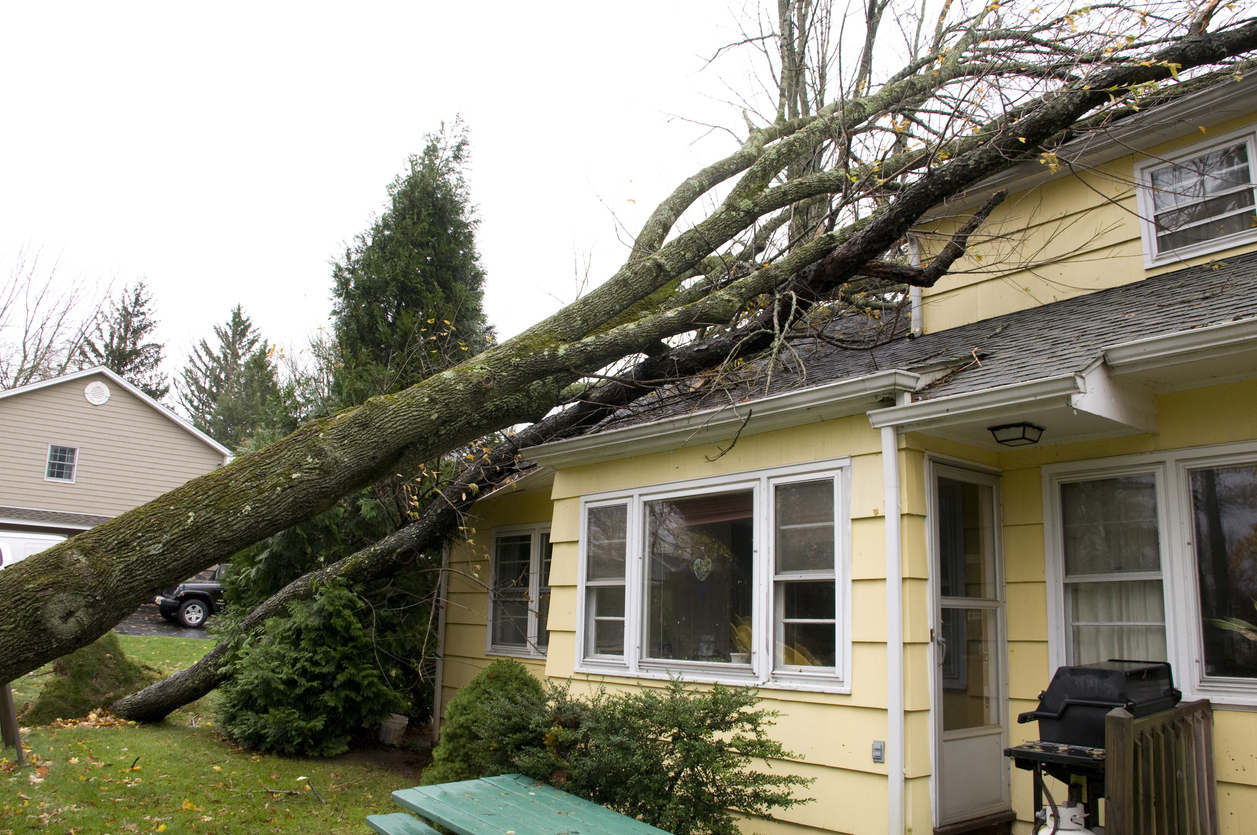Roof damage can be a significant financial burden for homeowners. Whether caused by a storm, fallen tree, or general wear and tear, addressing roof damage promptly is essential. Filing a roof insurance claim may seem daunting, but understanding the process can save you time, stress, and money. In this guide, we’ll explore the key do’s and don’ts of filing a homeowners insurance claim for roof damage, ensuring you’re well-prepared when dealing with your insurance company.
Do: Assess the Damage Immediately
One of the most crucial steps in filing a roof insurance claim is to assess the damage as soon as it occurs. If your roof is damaged, waiting too long can lead to further deterioration, which could affect your claim. Take pictures or videos of the affected areas and make detailed notes. This documentation will be essential when you file your claim.
Additionally, hiring a professional roofer or public adjuster to inspect the damage can provide an expert opinion on the extent of the damage. Public adjusters, in particular, specialize in representing policyholders during the claims process and can help maximize your payout. If you’re unsure where to start, you can always get referrals for public adjusters who can assist you with the claim process.
Don’t: Delay Filing the Claim
One of the biggest mistakes homeowners make is delaying the filing of their roof insurance claim. Most insurance policies require you to report damages within a specific time frame. Delaying the claim could result in denial of coverage, leaving you to cover the repair costs out of pocket.
Contact your insurance provider as soon as you assess the damage to start the claims process. Waiting too long might give your insurance company grounds to argue that the damage worsened due to negligence.
Do: Review Your Insurance Policy
Before filing a homeowners insurance claim for roof damage, it’s essential to review your insurance policy. Not all policies cover roof damage in the same way. For example, some policies may only cover roof damage caused by storms or other natural disasters, while others might exclude coverage for wear and tear or lack of maintenance.
Knowing what’s covered under your policy will help you set realistic expectations for your claim. It can also prepare you to answer any questions the insurance adjuster might ask.
Don’t: Assume Everything Is Covered
Many homeowners believe that their insurance policy will cover all roof repairs, but this isn’t always the case. Some policies may only cover a portion of the repairs, depending on factors like the age of the roof and the cause of the damage. Be sure to clarify what’s covered and what isn’t before moving forward with repairs.
Do: Take Immediate Action to Mitigate Further Damage
While waiting for the insurance adjuster to arrive, take steps to prevent further damage. For example, if your roof is leaking, placing tarps over the affected areas or hiring emergency mitigation services can protect your home from additional issues like water damage or mold growth. Keep all receipts for these temporary repairs, as your insurance may reimburse you for the costs.
In some cases, these measures can strengthen your claim, demonstrating that you acted responsibly to prevent the situation from worsening.
Don’t: Attempt Major Repairs Before the Inspection
Avoid making major roof repairs before the insurance adjuster conducts their inspection. The adjuster needs to see the full extent of the damage to determine the payout. Making large-scale repairs beforehand could complicate or reduce your claim.
However, minor temporary repairs to prevent further damage, as mentioned earlier, are not only allowed but encouraged. Just make sure to document any steps you take and inform the adjuster when they arrive.
Do: Keep Detailed Records
Throughout the process of filing your roof insurance claim, keeping detailed records is vital. Document everything from the initial damage to conversations with your insurance company, adjuster visits, and estimates from contractors. This information will be valuable if there are any disputes over the claim’s value or coverage.
For example, saving emails, taking notes during phone calls, and organizing receipts for repair costs can help ensure that you have the evidence needed if the insurance company challenges your claim.
Don’t: Accept the First Settlement Offer Without Review
Once the insurance company assesses the damage, they will likely provide you with a settlement offer. While it may be tempting to accept the first offer, it’s essential to review it carefully. In many cases, the initial offer may not fully cover the cost of the necessary repairs.
Consider consulting with a public adjuster or roofing contractor to determine if the settlement is fair. A professional can negotiate with the insurance company on your behalf, potentially increasing your payout. You can explore services like 411 Claims Help to find the right professionals to guide you through this process.
Do: Explore Your Roofing Options
Before filing a claim, it’s a good idea to get an estimate from a reputable roofing contractor. Not only will this give you a sense of the potential costs, but it will also provide a reference point when reviewing the insurance company’s offer. Some contractors may even help you navigate the claims process.
Make sure to choose a licensed, insured roofer who is experienced in dealing with insurance claims. They can provide valuable insights into what repairs are necessary and how to work with the adjuster to get the best outcome.
Don’t: Hesitate to Seek Help
Navigating the roof insurance claim process can be overwhelming, but you don’t have to do it alone. If you’re unsure about any part of the process, seeking assistance from a professional can provide clarity and improve your chances of a successful claim.
Whether it’s hiring a public adjuster to represent your interests, getting a roofer’s expert opinion, or simply reviewing your policy with an insurance agent, seeking help can make all the difference. 411 Claims Help offers referral services for public adjusters and other professionals to support you throughout your claim.
Conclusion
Filing a homeowners insurance claim for roof damage doesn’t have to be a daunting task. By following the do’s and don’ts outlined above, you can ensure a smoother process and increase your chances of receiving a fair settlement. Remember to document the damage, file your claim promptly, and seek professional help when needed. With the right approach, you can restore your roof and protect your home without unnecessary stress.
If you’re unsure where to begin or need assistance with the process, get referrals for public adjusters to ensure you have the best support in filing your claim. Taking the right steps early can save you time and money in the long run.

